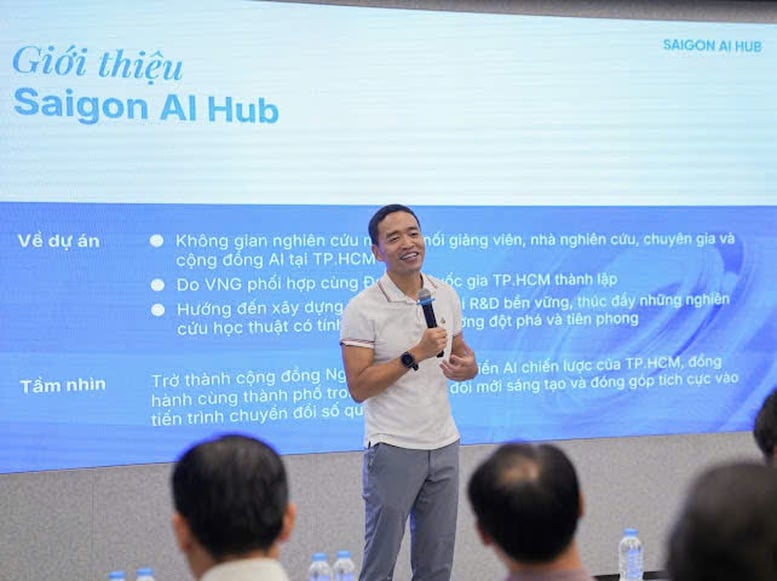
Mr. Le Hong Minh, Founder and Chairman of the Board of Directors of VNG shared at the Ceremony
Saigon AI Hub (SAIH) is an important link in AI R&D activities, providing a closed ecosystem from workspace, GPU infrastructure, data, international standard cloud services to connecting lecturers, businesses and young research groups. Thanks to that, groups have the conditions to develop AI products with high applicability in healthcare, education , transportation and public services, and at the same time test new models.
The project was launched just six months after VNG and Ho Chi Minh City National University signed a cooperation agreement for the 2025–2030 period, aiming to build a strategic R&D community in the city. Mr. Le Hong Minh, Chairman of VNG, said that the two major bottlenecks of AI research are models and resources. VNG is committed to long-term investment in the research capacity of universities, and expects the flexibility between businesses and academia to promote research progress through initiatives like SAIH.
SAIH aims to become an open research community where VNG only plays a supporting role, without claiming any rights or intellectual property from the research results. SAIH's success is measured by the development of the R&D community and the ability to solve practical problems for businesses and the Government .

Saigon AI Hub (SAIH) located at VNG Campus, is the first open AI research space in Ho Chi Minh City.
A key piece for the AI R&D ecosystem
Vietnam ranks 6th out of 40 countries in terms of readiness for the AI era according to WIN, with 80 million USD invested in AI by 2024 (an 8-fold increase) and 42% of the population applying AI in work and life. However, the domestic AI ecosystem still faces limitations in computing infrastructure, specialized research human resources and low R&D spending, requiring a shift from just applying to self-developing AI technology.
In that context, open research models such as Saigon AI Hub (SAIH) help to supplement the lack of space, infrastructure and R&D environment. SAIH stands out thanks to its modern facilities and flexible operation: research groups work directly at the center, regularly exchange with experts from VNG and Ho Chi Minh National University, thereby shortening the gap between research and application.
In addition to the computing infrastructure, SAIH is building an open model library (Open Model Hub), and sponsoring space for academic activities such as competitions, workshops and professional events to expand the R&D community. In the first phase, the center is expected to attract about 30 researchers from Ho Chi Minh National University and independent groups, focusing on LLM, multi-modal modeling, AI Agent and industry-specific AI application directions.
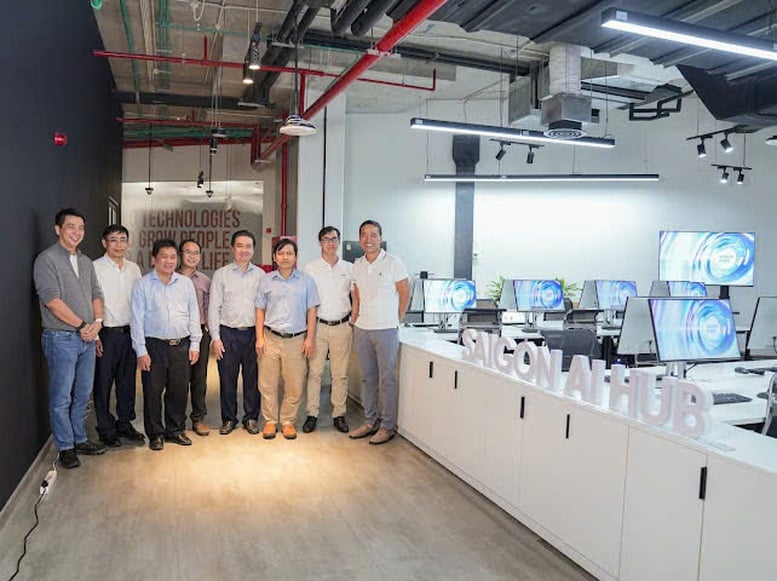
Representatives at Saigon AI Hub space
3-party cooperation model: Need to be fast and practical
Over the years, the model of cooperation between schools and enterprises has been implemented to develop high-quality human resources in technology. However, in many places, the cooperation results are still limited to the framework of training and recruitment, and have not yet formed research results and widespread applications.
Therefore, Resolutions 57 and 68 of the Politburo have strategized this cooperation into a 3-House model: "State - School - Enterprise", with the desire to create a breakthrough for research capacity, innovation and national digital transformation.
The strategic cooperation signed in May 2025 between Ho Chi Minh City National University and VNG is one of the typical illustrations of the effectiveness of the 3-House model, when within just 6 months, a series of specific activities were deployed, in accordance with the spirit of "doing real work - sharing real resources".
Typical examples include the national programming competition Code Tour, co-organized by the two sides, attracting more than 5,000 young people to solve "real-life" problems of the market, or the joint training program between VNG and the School of Information Technology (under Ho Chi Minh City National University) in the subject of Programming and Application Game Development. Accordingly, the enterprise will directly support the commercialization of potential game applications developed by students in the course. Most recently, on November 20, VNG sponsored NVIDIA GPU cards to 3 universities under Ho Chi Minh City National University, serving on-site AI R&D, with a total sponsorship value of up to 6 billion VND.
These activities demonstrate a new collaborative approach along the chain: training – research – testing – towards commercialization, instead of just implementing single projects.
“AI today is like the Internet in 1995-1996, with many uncertain factors. Developers need to stay excited about the possibilities that technology brings, and persistently experiment to find models that create real value for users and the economy,” said Mr. Le Hong Minh.
In particular, the continuous coordination between the State - Schools - Enterprises to form an AI ecosystem "with research, products, users and economic value" is very important.
According to the National Strategy on AI Research, Development and Application by 2030, Vietnam aims to become one of the leading AI innovation and application centers in ASEAN.
In that picture, models like Saigon AI Hub can be seen as necessary “test points” to accumulate experience, perfect coordination mechanisms and form a team of domestic AI experts. The effectiveness of these models will take time to verify, but starting with specific projects, with accompanying infrastructure and human resources, is considered a necessary step, with a long-term and sustainable vision to move towards building national AI capacity.
HM
Source: https://baochinhphu.vn/vng-ra-mat-saigon-ai-hub-thuc-day-doi-moi-sang-tao-va-chuyen-doi-so-quoc-gia-102251127205138823.htm





















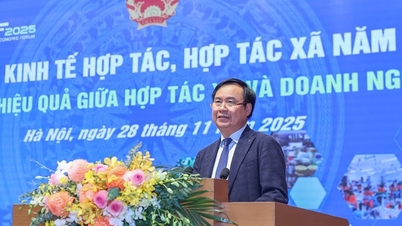

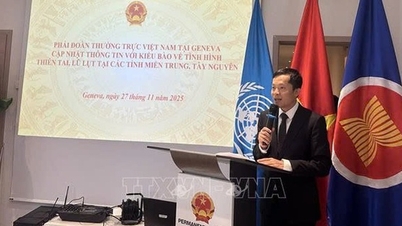




























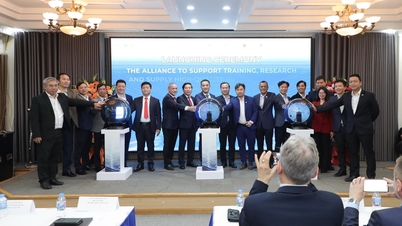


















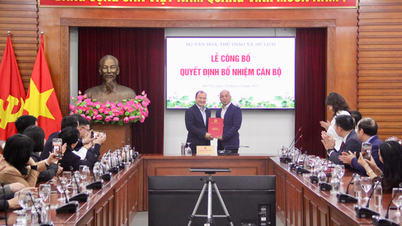
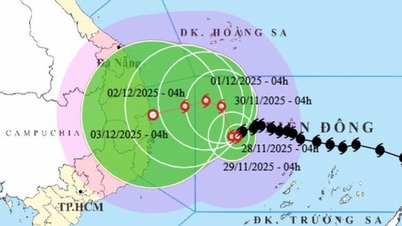


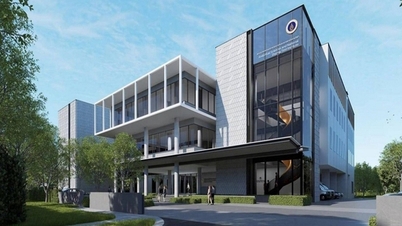


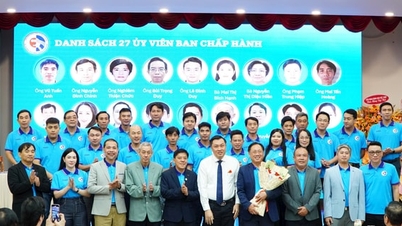
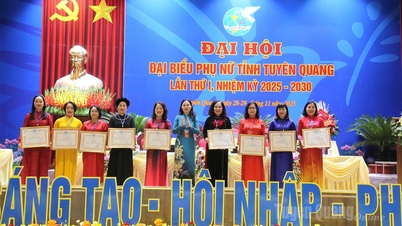

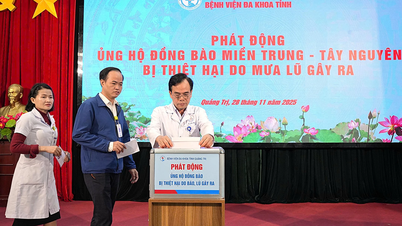



















Comment (0)